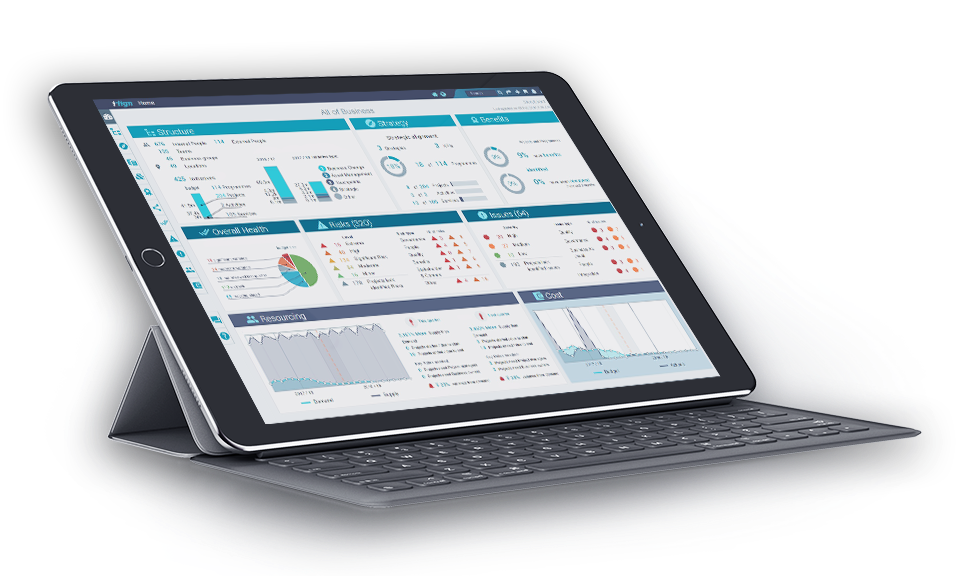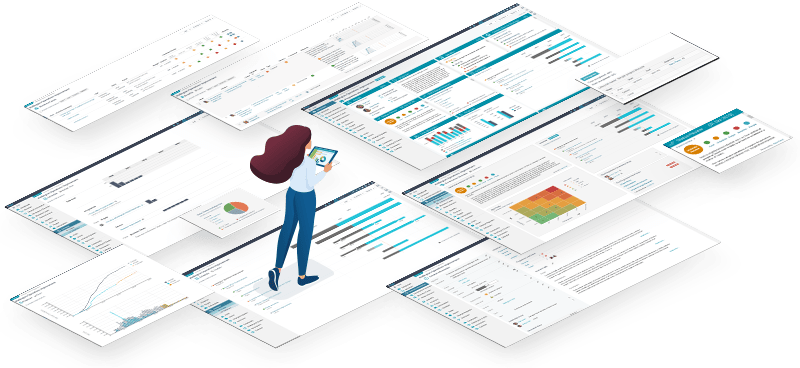Key Features of Benefit Approach
- Socialise benefits management by talking to your people about a strategic approach to benefits as a core part of your business, and their work.
- Build the full range of benefits (financial, non-financial) as key components of projects and programmes.
- Keep the benefit approach simple, colourful, interesting and in context.
- Implement a Benefit approach based on strong ownership of benefits by Business Owners.
- Ensure the Benefit Lifecycle starts at the inception of an initiative, and continues past the completion of the project, into later business change and value realization.
- Review benefits regularly to ensure you are delivering to the business case, and expectations of business owners.
- Populate Enterprise Storyboards with Benefit ‘conversation-starters’.
- Foster widespread ‘benefits conversations’ and Blogs as a way to connect-up your people and stakeholders, and reinforce success.
Benefits Delivered for Value realized
organizations expect their investment in both current and new areas of work will generate benefits of some sort. These could be Financial, such as increased profit, or Non-Financial, such as increased staff engagement.
Without ongoing oversight and active management benefits often fail to materialize. Some estimates suggest the project benefit success rates are less than 5 percent. Strong Benefit Ownership and regular Benefit Reviews ensure benefits stay alive from their inception to the point at which they are realized.
The realisation of benefits to the stakeholders is the fundamental reason why each project is being undertaken. The business owner is accountable for determining the benefits that will result from each project.
Standard:
Clear, concise and meaningful benefits and measures must be identified for each project and recorded within the benefits plan. If sufficient benefits cannot be identified then the project should not be undertaken.- Each benefit must link directly back to one or more of the business drivers and objectives of the project.
- Each benefit must have at least one clear and achievable measure or metric by which the business will determine the overall success of the project.
- Each benefit must be discussed with the business owner to ensure that the dimensions of the benefit (and its measures) can be assessed and so that the same benefits are not recorded against more than one project.
- All benefits must align to defined business performance measures and in particular specific KPI's against which performance measures are measured.
Benefits have a lifecycle
All benefits are allocated a Benefit Owner. This is the person, generally a Business Owner or Manager, responsible for the realization of the benefit. This means they prepare the organization to implement the new capability to then deliver business benefits.
To ensure things remain on track, benefits are reviewed from the start of the project, rather than when they may actually materialize. Measures can also be added to benefits to focus everyone on what is planned and what is actually happening.
Benefits will be delivered to the business subject to an organizational Change Plan which outlines how and when the organization will prepare to accept the benefits, and the behaviour changes that will need to take place.
Boards and Executives know the state of play
Benefit information entered and managed in projects is immediately available to be viewed by teams involved in Programme, Portfolio, Group and Enterprise-level oversight and management.
Displaying information in these different contexts and to support higher-level decision-making and intervention encourages those entering source data to make sure it is accurate, timely and verifiable.
Benefit information is displayed in colorful, interesting ways, with the ability to drill-down to detailed information, as required.
Benefits - Quick Tips
- All projects should have benefits.
- All benefits should be owned by the Business.
- Benefits should be monitored from Day One through to realization, whenever that is in the future.
- Benefits should be monitored at Executive level.






